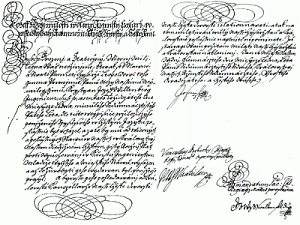 Stavovské
inženýrské učiliště (Estate Engineering Teaching Institute) in
Prague was founded by the rescript of the Emperor Josef I of 18
January 1707 on the basis of a petition of Christian Josef
Willenberg (1676-1731).
Stavovské
inženýrské učiliště (Estate Engineering Teaching Institute) in
Prague was founded by the rescript of the Emperor Josef I of 18
January 1707 on the basis of a petition of Christian Josef
Willenberg (1676-1731).
| 1707 |
|
|
| 1803/1806 |
|
|
| 1869 |
|
|
| 1875/1879 |
|
|
| 1918/1920 |
|
|
| 1939 |
|
|
| 1945 |
|
|
| 1948/1950 |
|
|
| 1989 |
|
|
| 2005/2006 |
|
|